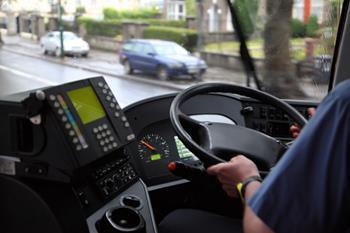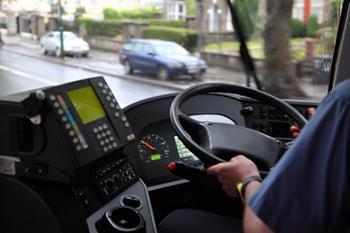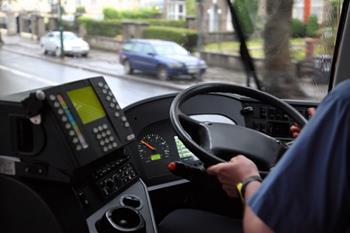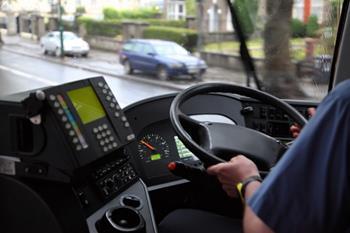Bus And Coach Vehicle Compliance
Bus And Coach First User Check CheckedSafe digitises the vehicle defect card by allowing drivers to complete a driver first user check from their smart phone. This provides instantaneous reporting of the check process and once submitted the results are sent in real time via email making them viewable on the CheckedSafe Workforce Management (CWM) suite. Bus And Coach Second User or In-Service Check Where more than one driver will use the same bus or coach over the course of the working day, the driver taking charge of a vehicle should make sure it is roadworthy and safe to drive by carrying out their own check. Bus And Coach In-Service Defect If any defects are found during the day or any warning lights are visible on the dashboard, the driver can report the issue in real time and get a quick determination from the depot as to whether the vehicle is safe to continue on the road or not. Bus And Coach Accident Reporting Unfortunately, accidents happen. After an accident it is critical to obtain as much information at the scene as is practically possible. Insurance companies refer to this as the “Golden Hour”. The CheckedSafe Accident report template is effectively an electronic bump card that enables the user to capture the vital contemporaneous data immediately post-accident and report this back to the office in real time Defect Reports Your employer should have a clear system of reporting and recording defects or faults on the vehicle that may affect roadworthiness that are picked up from the daily check. This must include how they were corrected before the vehicle is used. Daily defect checks are vital, and the results of such checks should be recorded by the operator and retained for a period of 15 months, including for vehicles that are taken out of service. Each employer will have their own system for reporting and recording vehicle faults that are spotted by drivers conducting the daily check and the employer should also provide training for bus drivers in how that system works. The Government advises that all defect reports should feature the following basic information: vehicle registration or identification mark; date of the inspection/report; details of the defects or symptoms; Driver/reporter’s name; who the defect was reported to. All drivers’ defect reports must be given to a responsible person with sufficient authority to ensure that any appropriate action is taken. This might include taking the vehicle out of service. Any report listing defects is part of the vehicle’s maintenance record and must be kept for at least 15 months, together with details of the rectification work and repairer. In addition to the drivers’ daily checks, the employer must also have a system for assessing the full mechanical safety of the licensed PSVs they operate. The DVSA state that the employer’s vehicle safety inspection record must include: name of owner/operator date of inspection vehicle identity odometer (mileage recorder) reading, if appropriate a list of all the inspection manual items to be inspected details of any defects name of inspector details of any remedial/rectification or repair work and by whom it was done A signed declaration that any defects have been repaired satisfactorily and the vehicle is now in a safe roadworthy condition.Visit the CheckedSafe website for more information on Bus And Coach Vehicle Compliance






